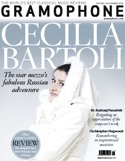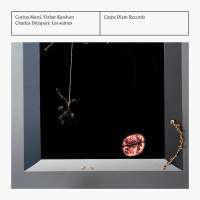Texte paru dans: / Appeared in:
*

GRAMOPHONE (11/2014)
Pour s'abonner /
Subscription information
Carpe Diem
CD16303

Code-barres / Barcode: 4032324163037
Reviewer:
Julie
Anne Sadie
Dieupart’s 1701 Six suittes de clavessin (French in style and origin, dedicated to an English duchess and published in Amsterdam) were immensely popular in their day and still attract advocates, of whom Yizhar Karshon and Corina Marti are the latest. Dieupart was the first French composer to use the term ‘suites’ and to publish his music simultaneously in two different versions: one for solo harpsichord, the other ‘mise en concerts’ for violin and flute with a bass viol and archlute; one can acquire recordings of either.
This recording, of four of the six suites, offers both. Listening to it is as if present at a rehearsal in which the performers experiment with the instrumentation. The most fascinating element of their performance is the enchanting sound of the French quinton (a five-string fretted instrument with sloping shoulders), favoured in France in the 1690s and played here by Tore Eketorp, rather than a violin. The quinton blends particularly well with the timbres of the treble and alto recorders as well as the bass viol (trs 4, 6, 23, 25 and 26). Karshon performs No 6 in its solo version, along with an unmeasured prelude by Louis Couperin, and joins in Nos 1-3.
The degree
of experimentation within movements and suites is the only issue in question. In
some respects, Marti and Karshon seem to have stepped outside the generally
acknowledged boundaries of late17th- and early-18th-century French performance
practice. What is the evidence for their decision to add instruments in the
course of movements (usually in the repeats) such as the Allemande and Sarabande
of No 1, the Sarabande and Gavotte of No 2, and the Sarabande and Menuet of No
3? Certainly, a precedent for changing instrumentation from movement to movement
may be found in, for example, Montéclair’s Sérénade (1697), and it may well be
that Dieupart would have sanctioned their decision to change the instrumentation
from movement to movement (as they do in Nos 1 and 3), but I would have enjoyed
the disc more had it been less contrived.
Fermer la fenêtre/Close window
Cliquez l'un ou l'autre
bouton pour découvrir bien d'autres critiques de CD
Click either button for many other reviews


